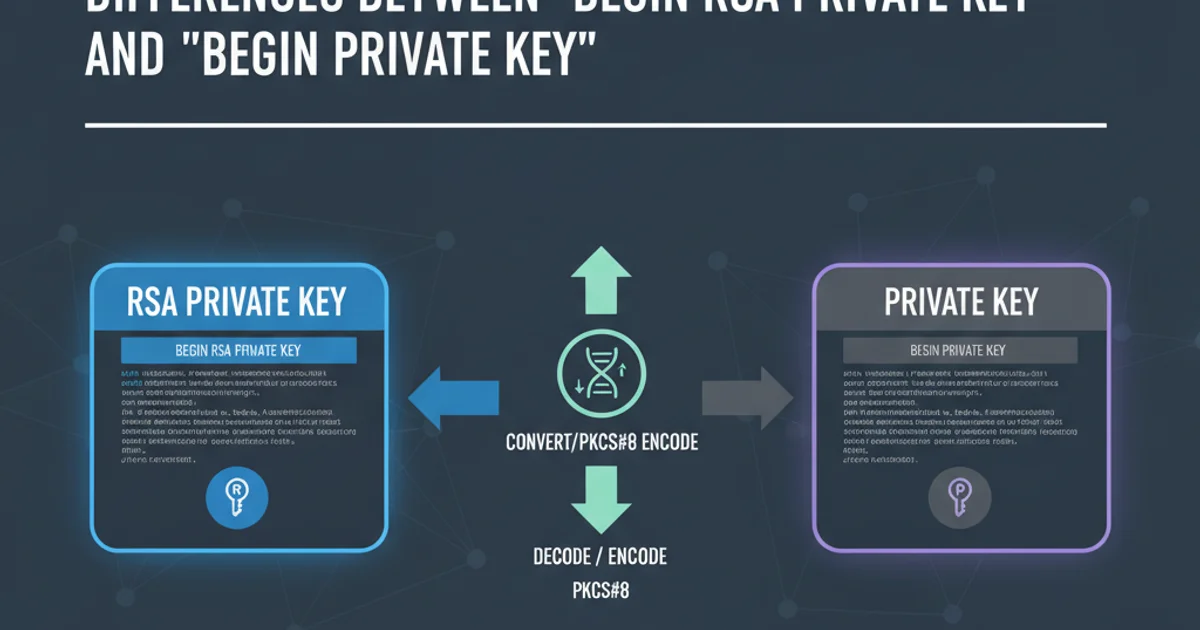Changing binary variables to Yes/No
Categories:
Transforming Binary Variables to Yes/No in R for Regression Analysis

Learn how to effectively convert binary variables (0/1) into 'Yes'/'No' factors in R, a crucial step for clear interpretation and proper model fitting in regression analysis.
In statistical analysis, particularly regression, binary variables are often represented numerically (e.g., 0 and 1). While this is mathematically sound, converting these into more descriptive categorical labels like 'Yes' and 'No' can significantly improve the interpretability of your model results and make your data more human-readable. This article will guide you through various methods in R to achieve this transformation, ensuring your data is ready for robust regression analysis.
Why Convert Binary to Yes/No?
The primary reason for converting numerical binary variables (0/1) to descriptive factors ('Yes'/'No') is enhanced interpretability. When presenting regression coefficients, stating that a one-unit increase in a variable (which means going from 0 to 1) corresponds to a certain change in the outcome is clear. However, saying 'going from No to Yes' often resonates better with non-technical audiences and provides immediate context. Furthermore, some R functions or packages might handle factor variables differently, which can be beneficial for plotting or specific statistical tests.
flowchart TD
A["Start: Raw Binary Data (0/1)"] --> B{"Choose Transformation Method"}
B --> C{"Method 1: `ifelse()`"}
B --> D{"Method 2: `factor()` with `levels`"}
B --> E{"Method 3: `dplyr::mutate()`"}
C --> F["Result: 'Yes'/'No' Factor"]
D --> F
E --> F
F --> G["End: Enhanced Interpretability for Regression"]Workflow for converting binary variables to 'Yes'/'No' factors
Method 1: Using ifelse() for Direct Conversion
The ifelse() function is a straightforward way to apply conditional logic to your data. It evaluates a condition for each element of a vector and returns a value based on whether the condition is true or false. This is highly effective for converting 0s and 1s to 'No' and 'Yes' respectively.
# Sample data
data <- data.frame(
id = 1:5,
is_active_binary = c(1, 0, 1, 1, 0),
age = c(25, 30, 35, 40, 45)
)
# Convert using ifelse()
data$is_active_factor <- ifelse(data$is_active_binary == 1, "Yes", "No")
# Convert to factor type for proper statistical handling
data$is_active_factor <- as.factor(data$is_active_factor)
print(data)
str(data)
Converting a binary column to a 'Yes'/'No' factor using ifelse()
as.factor() if you intend to use it in statistical models. This ensures R treats it as a categorical variable with defined levels, which is crucial for correct regression interpretation.Method 2: Using factor() with Explicit Levels
The factor() function in R is designed for creating and manipulating categorical variables. You can directly map numerical values to specific labels using the levels and labels arguments. This method provides more control over the order of levels, which can be important for certain types of regression or visualization.
# Sample data
data_factor <- data.frame(
id = 1:5,
has_feature_binary = c(0, 1, 0, 1, 1),
score = c(80, 92, 75, 88, 95)
)
# Convert using factor() with levels and labels
data_factor$has_feature_factor <- factor(
data_factor$has_feature_binary,
levels = c(0, 1),
labels = c("No", "Yes")
)
print(data_factor)
str(data_factor)
Converting a binary column to a 'Yes'/'No' factor using factor() with explicit levels
factor(), the order of levels is important. If you specify levels = c(0, 1) and labels = c("No", "Yes"), then 0 will map to 'No' and 1 to 'Yes'. If you reverse the order, the mapping will also reverse.Method 3: Leveraging dplyr::mutate() for Data Wrangling
For those who prefer the tidyverse approach, the dplyr package offers a clean and readable way to perform this transformation using mutate(). This method is particularly useful when you're already performing other data manipulation steps within a pipeline.
library(dplyr)
# Sample data
data_dplyr <- data.frame(
id = 1:5,
is_present_binary = c(1, 0, 1, 0, 1),
value = c(10, 20, 30, 40, 50)
)
# Convert using dplyr::mutate() and ifelse()
data_dplyr_ifelse <- data_dplyr %>%
mutate(is_present_factor = as.factor(ifelse(is_present_binary == 1, "Yes", "No")))
print(data_dplyr_ifelse)
str(data_dplyr_ifelse)
# Convert using dplyr::mutate() and factor()
data_dplyr_factor <- data_dplyr %>%
mutate(is_present_factor = factor(is_present_binary, levels = c(0, 1), labels = c("No", "Yes")))
print(data_dplyr_factor)
str(data_dplyr_factor)
Converting a binary column using dplyr::mutate() with both ifelse() and factor()
dplyr package installed and loaded (library(dplyr)) before attempting to use its functions. If not, you can install it with install.packages("dplyr").